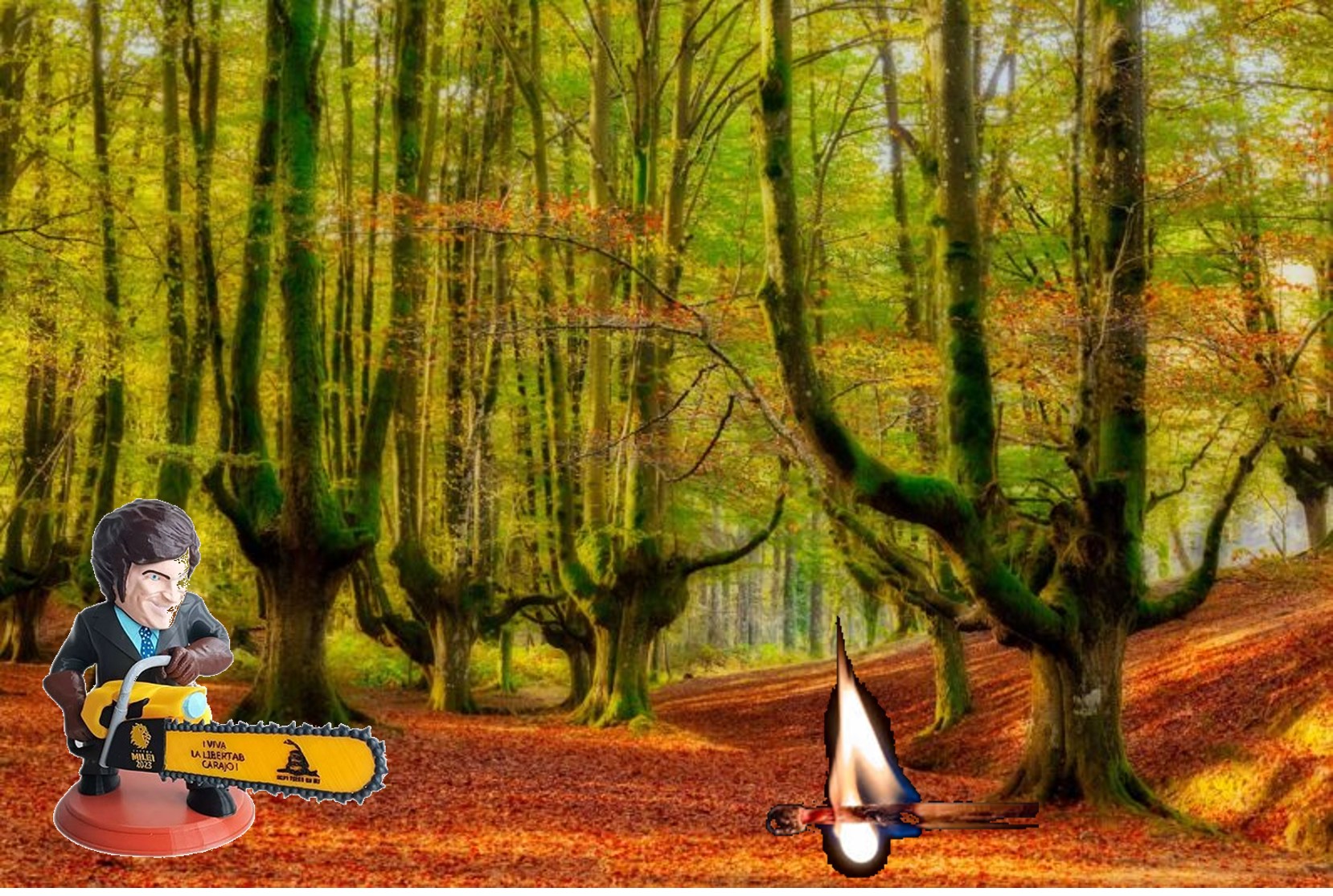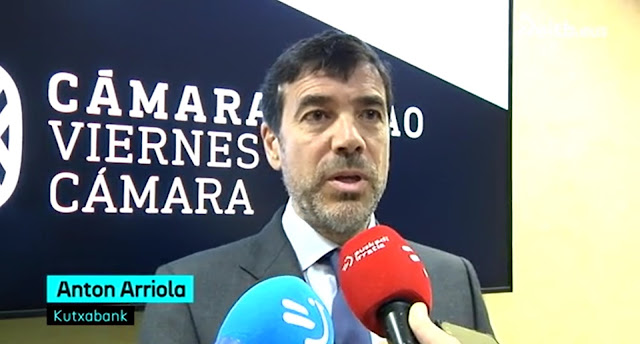In verse, irradaka, of the ball game of Irun 1820
I had bought it for some time and read it above, but I have only recently been able to attend with the attention I wanted to the book Joxemari Iriondo Pilota eta Bertsoak. I have found old acquaintances and I have been raised with some of the struggles, lost and winnings that have passed me through reading.
But I don't intend to comment on the book. I just want to put here a few small things, in line with the reading, because the verses of a game played in Irun in 1820 from the Lafitte archive, put online by Euskaltzaindia, have fallen by surprise and I have overcome the psychiatric fear that it gives me to write.
We knew little about that party. At most, said Blazy in La Pelote Basque in 1929: with seven verses received by the mouth of Juana Lafargue, hospitalized in Uztaritze in 1925 by J. Elizalde Zerbitzua.
To my knowledge, the verses received by Zerbitzua have never been published anywhere, but they soon seem like some differences to think. For example, the “Anduraindarra” is now read in Lafitte when, according to Blazy, the Camarero said “andoaindarra”. On this road, however, we can barely make progress for the moment, although we know that there was what Zerbitzua had collected, because we do not really know what he said…
However, two orphaned verses have come to their site, which fortunately were upside down. They were received by Father Donostia as shot in the air in 1912, and it is now clear that they had come from the song of 1820:
At forty-two of the Illa de Burulla
A great ball game in the Irun Valley.
With flags placed, you already have new fashions.
Played in an extraordinary stadium
At forty-two August Illa
Hand ball in the Irun Valley.
With flags in the new fashion.
Or they've been played anyway.
According to Father Donostia, his informants were Juan Miguel María de Berroeta de Berroeta and Andrés Jaime de Erratzu, respectively, in Lekaroz. Therefore, at Baztan we have to think about the survival of the bertsos, nowhere.
The new fashion of the flags placed, I would say that, after the Irrigation pronunce, in March of that year, corresponds to the “new” protocols after obliging Fernando VII to swear the Cadiz Constitution, but… who knows. When Fernando VII.ak soon ate his famous words of his time (“Let us all, and I the first, on the constitutional path”), the position of one of the pelotaris cited here is not flagship, as we will see below.
The song is now shown in the Lafitte file, therefore: two copies, twelve verses and all the same, despite some spelling difference (joko / yoko…).
We have some expressly appointed pelotaris, although it does not leave us unequivocal about the party. His names, surnames, aliases and appointments are Mitxiko, Armendaritz, Patxiku (known as Guardia), son of Pedro Elizondo (known as curial, apparently in the apprentice scribe) and Anduraindarra. I don't know any hint to the identification of the last three. But the first two aren’t very much, but something…
I find the presentation of the verses a little surprising, and I denounce the strange surprise that the Gipuzkoans are heard in “biscayen”, an old usance, as is well known, but that in my knowledge XIX.menderako would seem very old, except in very distant places: Grande partie de pelote entre les Biscayens et les Navarrane, dans la Vilagne.
In contrast, the title “Partie de Pelote” and not “de Paume” smell news. The belief that “pelote” to “Paume” can be seen in French as a local custom of the North in a first approximation, and only from the beginning of the 20th century it disappears strongly in favor of the pelote. Expressions such as Jeux de paume, de pelote et de balle, still common in French, are indisputable to us in Basque or Spanish.
As I said before, we also know something about two of the Pelotaris: Mitxiko and Armendaritz.
In general, it can be said that he has been more lucky the first in the life of fame, Mitxiko, h.d., Indart, of Oiartzun, but the second is not unknown, because, of course, we have Don Bernardo de Armendariz, which Iztueta repudiated from above in the legend of the memorable dances of Gipuzkoa.
In the words of Zaldibia, it was enough for Armendaritz to give the party for the peoples of the area to empty themselves to observe it… At the time of the burning of Armendaritz in 1813 the union of San Sebastian appeared, and from now on we continue to be part of the municipal councils. Among the signatories to the Zubieta Minutes, we have witness 64 of the opposition of the Donostian authorities to the version that the British began to broadcast on the regatta. Then, in a very critical political environment, at the time of the Liberal Triennium, we have in the parallel municipal regent council of San Sebastian, that is, dancing in the rope of the absolutist party.
As far as Mitxelena is concerned, I think that in Iztueta’s letter we also have his reference, even if it is in a covert way. After referring to a ballpark they allegedly built in Madrid, he said that Iztueta had taken three Gipuzkoans and Navarros at the age of three (as in 1821), and that no player was found to oppose them. That comes from Batto (or would I say it's not quite the opposite?) In 1821 the Baptist of Arraioz (Teus) and the tolosarra José Ramón Indart Mitxi played in Madrid before Fernando VII.aren.
Years later, in 1828, Fernando VII passed the Basque Country and played ball games in Bilbao and Vitoria. He was also in San Sebastian and Pamplona, but the proof of the ball is not sure. However, although I do not know the explanatory details of the same hour, there was a precision that came to many years in return: according to Antonio Arzak at the Cemetery of Félix Santo Domingo in the magazine Euskal-Erria, Santo Domingo was one of the players in those matches. Santo Domingo was then 24 years old, founded in 1804 in Los Arcos de la Ribera.
The interesting article “Notes on the ball game” was written long ago by Santo Domingo in 1884, in which he referred to “El Escribano Indart”. From the writing it seems that Indar's time was for Santo Domingo to be mostly, and that they would not have been contemporary to act somewhere...
Everything indicates that one of the few Basque texts that Basque public institutions have left us throughout history is secretary José Ramón Indart, author of a municipal document of 1822: [Oiartzun] Agreement of the Constitutional Plenary of this valley, on December 8, 1822. José Ramón de Yndart.
In 1820 Armendariz and Indart competed in the ball, and in 1822 we see them also in opposite plenaries. Meanwhile, in 1822, on the pretext of war, they demanded political loyalty to the Spanish houses of Aldude. Among them was the former Perkain.
“Perhaps there are more things in heaven, on earth and in the ball, Horace, that even his philosophy could dream…”
Javier Cuadra (Amurrio)
Bidali zure iritzi artikuluak iritzia@argia.eus helbide elektronikora
ARGIAk ez du zertan bat etorri artikuluen edukiarekin. Idatzien gehienezko luzera 4.500 karakterekoa da (espazioak barne). Idazkera aldetik gutxieneko zuzentasun bat beharrezkoa da: batetik, ARGIAk ezin du hartu zuzenketa sakona egiteko lanik; bestetik, egitekotan edukia nahi gabe aldatzeko arriskua dago. ARGIAk azaleko zuzenketak edo moldaketak egingo dizkie artikuluei, behar izanez gero.
You may not know who Donald Berwick is, or why I mention him in the title of the article. The same is true, it is evident, for most of those who are participating in the current Health Pact. They don’t know what Berwick’s Triple Objective is, much less the Quadruple... [+]
The article La motosierra puede ser tentadora, written in recent days by the lawyer Larraitz Ugarte, has played an important role in a wide sector. It puts on the table some common situations within the public administration, including inefficiency, lack of responsibility and... [+]
Is it important to use a language correctly? To what extent is it so necessary to master grammar or to have a broad vocabulary? I’ve always heard the importance of language, but after thinking about it, I came to a conclusion. Thinking often involves this; reaching some... [+]
The other day I went to a place I hadn’t visited in a long time and I liked it so much. While I was there, I felt at ease and thought: this is my favorite place. Amulet, amulet, amulet; the word turns and turns on the way home. Curiosity led me to look for it in Elhuyar and it... [+]
Adolescents and young people, throughout their academic career, will receive guidance on everything and the profession for studies that will help them more than once. They should be offered guidance, as they are often full of doubts whenever they need to make important... [+]
We have had to endure another attack on our language by the Department of Education of the Government of Navarre; we have been forced to make an anti-Basque change in the PAI program. In recent years, by law, new Model D schools have had to introduce the PAI program and have had... [+]
Public education teachers have the need and the right to update and improve the work agreement that has not been renewed in fifteen years. For this, we should be immersed in a real negotiation, but the reality is deplorable. In a negotiation, the agreement of all parties must be... [+]
A few weeks ago, on Diputación Street, in the centre of Vitoria-Gasteiz, two men threw a homeless person off the small landing outside the place where he slept. In addition to being thrown away, a metal railing was immediately placed in front of the lonja. Although the place... [+]
From linguistics or glotophobia and, of course, hatred against Basque, we have often seen our Basque become the dandruff of all sticks. Last of all, the president of Kutxabank, Anton Arriola, has been shaking our language and giving us galantas.The President of Kutxabank,
... [+]
Do not look for this connection from Ezkio or Altsasu, let alone crossing the Ebro River through Castejón. The connection, or rather the connections, between the Basque Y and the AVE of Navarre is already a reality. It is these links in the plural that should concern us and... [+]
Don't make a fuss, don't confront, don't victimize... and obey. As oppressed subjects, in this case as Basques, we talk, how many times have we had to listen to them? Ironically, two years ago, at the Euskalale Independentiston Meeting, Esne Arzallus said: "We have arrived here,... [+]
Aurten "Israel Premier Tech" txirrindularitza talde israeldarra ez da Lizarraldeko Miguel Indurain Sari Nagusia lasterketara etorriko. Berri ona da hori Palestinaren askapenaren alde gaudenontzat eta munstro sionistarekin harreman oro etetea nahi dugunontzat, izan... [+]
Intsumituek denbora luzez egindako borroka gogorra eta mingarria izan zen, baina irabazi zuten, eta garaipen hura behin betikoa izango zela uste genuen, atzera bueltarik gabea. Baina badirudi, politikari batzuen ahotik aterata, eskalada militaristari gorazarre egin eta berriz... [+]
Punto Bobo liburuaren irakurketan murgilduta, Itxaso Martin Zapirain egilearen Eromena, Azpimemoria eta Isiltasunak Idazten ikerketa lanean sentitu nuen egiazkotasun eta maila etikoarekin egin dut berriz ere topo. Eta hortaz, hara bueltatu. “Oihu izateko jaio zen isiltasun... [+]










